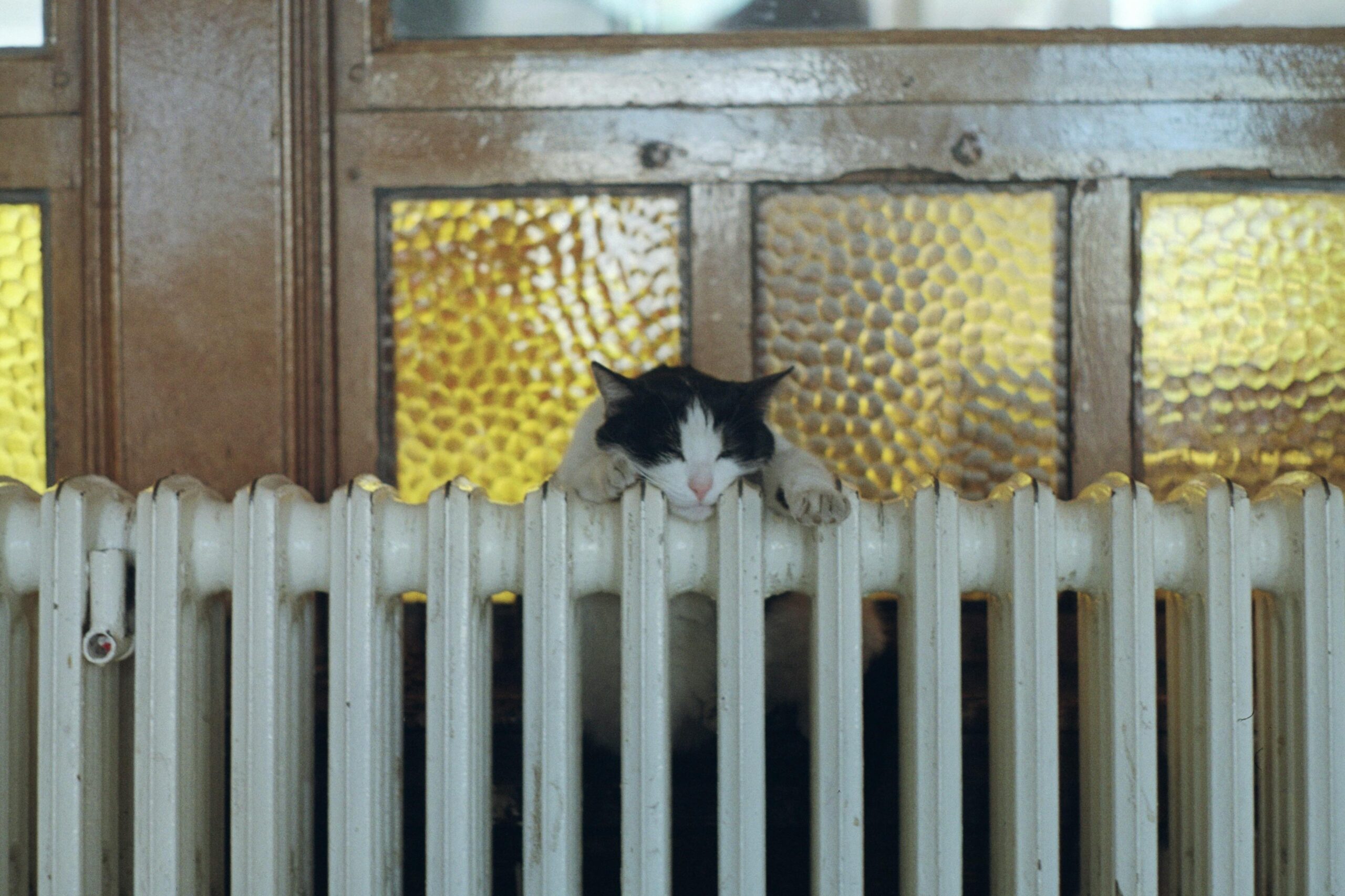Serving The Wasatch Front Area
Back to Blog

Problems an Old Thermostat Might Cause
June 1, 2021
In a way, thermostats are the most important part of your home’s HVAC system. Without a signal from your thermostat, your furnace and air conditioner won’t know when to start running.
Like other parts of an HVAC system, thermostats wear and tear over time and become outdated as new technology is developed. Here are a few examples of the problems that can arise with an outdated thermostat.
Electrical Issues
Thermostats are small devices, but they contain an array of electrical components with multiple potential points of failure. For example, thermostats contain separate wires for power, heat, cooling, and the blower fan. All of these wires must be securely connected and free of damage for each part of your HVAC system to work properly.
Loose and fraying wires are problematic, but the damaged wires can often be replaced relatively easily. Corrosion, on the other hand, can easily get out of control and cause more permanent damage. Sometimes corrosion starts because of a leaking battery inside the thermostat. In other cases, corrosion can build up as moist air passes through the thermostat and moisture condenses inside of it.
Dust Buildup
Sometimes the problem causing your HVAC system to short cycle, refuse to start, or otherwise misbehave may be much simpler: dust. Dust inside of a thermostat can coat wires and terminals to block electrical connections. Dust can also create an insulating layer on the sensor that prevents the thermostat from reading the temperature correctly.
The good news is that opening most thermostats to clean them isn’t too difficult or time-consuming. A paintbrush or a can of compressed air can remove layers of caked-on dust. You can clean electrical contacts more precisely with a cotton swab soaked in rubbing alcohol. A thermostat cleaning is also a great time to proactively replace old batteries before they begin to leak.
Anticipator Misalignment
Many thermostats contain a metal coil called the anticipator that expands and contracts as the temperature changes. When the anticipator is calibrated correctly, it will touch a contact when heat or air conditioning is needed to meet the thermostat’s set temperature. When the correct temperature is reached, the anticipator will have expanded or contracted enough to shut off the HVAC system.
Because the anticipator continuously changes size, it can gradually fall out of alignment. This reduces the accuracy of the thermostat, causing your HVAC system to run longer than necessary or shut off too soon. Fortunately, you can usually recalibrate the anticipator by removing the thermostat cover and adjusting a lever inside. If you’re not comfortable doing so, call a professional to help.
Energy Waste
Even if your old thermostat seems to be working the way it should, you likely aren’t getting the most out of your HVAC system. Old thermostats suffer from the same problems as most types of outdated technology. Namely, an outdated thermostat will be less accurate and therefore less efficient than a more modern one.
While the mechanical thermostat anticipator is a clear example of clever engineering, it simply cannot match the accuracy of electronic sensors in modern thermostats. With an outdated thermostat, you are really only getting an approximation of your desired temperature. Modern thermostats can achieve precise, by-the-degree control to maximize the energy efficiency of your HVAC system.
A thermostat upgrade may seem like a low priority in your household, but the investment pays for itself with energy savings and a lower risk of HVAC failure. Consider these benefits the next time your old thermostat is causing a headache, and remember to call Comfort Solutions
for all your HVAC needs. We can provide a cutting-edge thermostat for your home.
for all your HVAC needs. We can provide a cutting-edge thermostat for your home.
Recent News
Common Air Conditioner Mistakes That Can Cause You Problems
May 29, 2025
How to Stay Cool During the Summer Heat
April 21, 2025
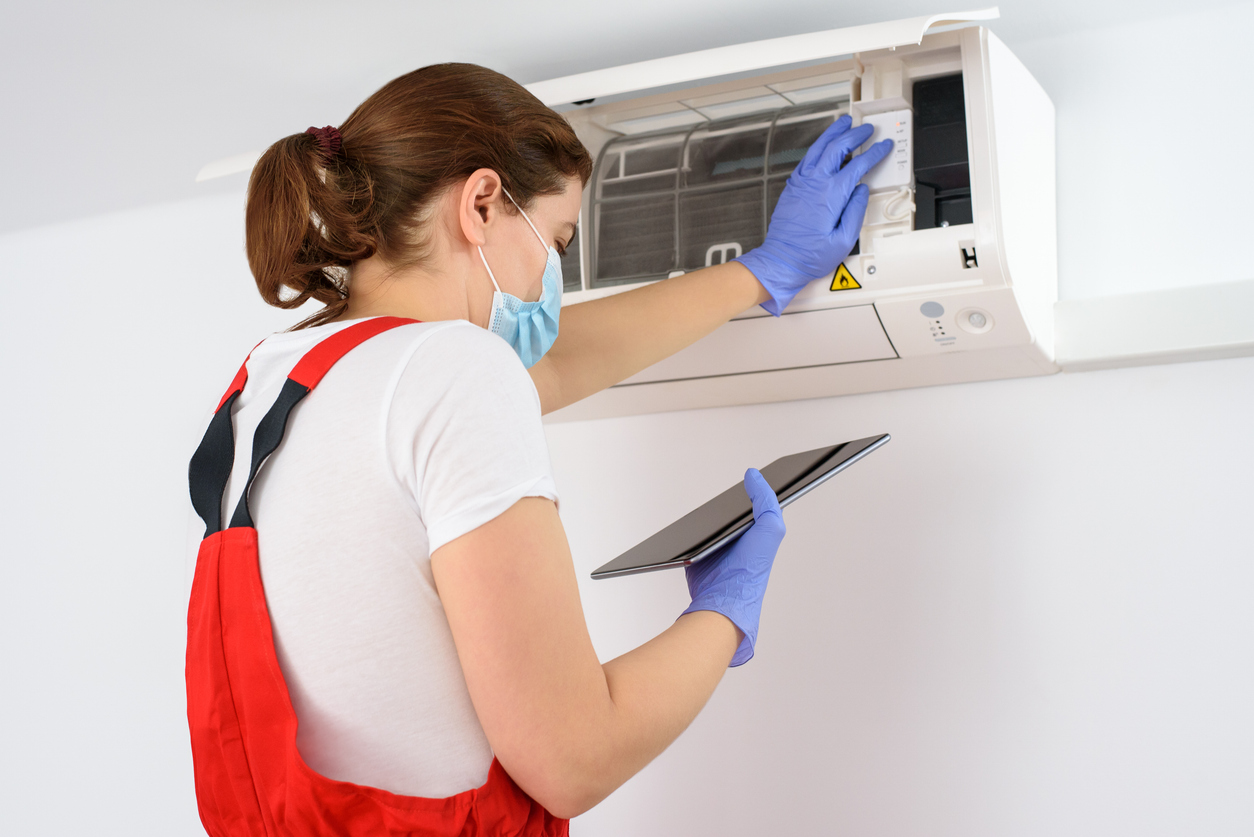
When to Upgrade Your AC Systems: Benefits & More
February 25, 2025

Why Remote Workers Should Upgrade Their HVAC
February 10, 2025
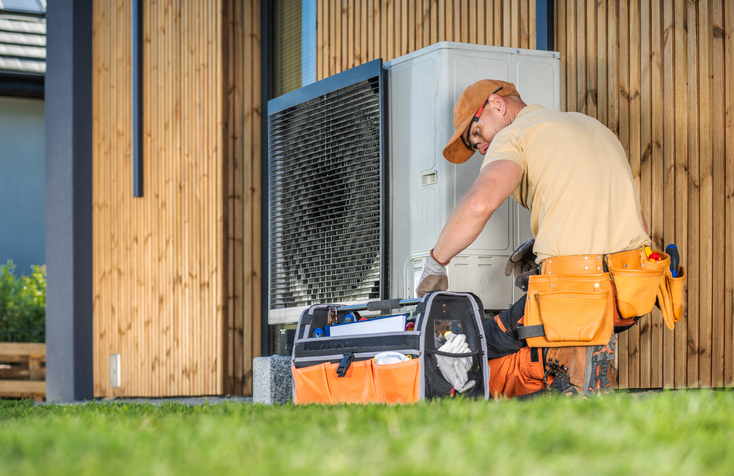
Common Home Heating, Furnace Repair & Replacement Myths
February 7, 2025
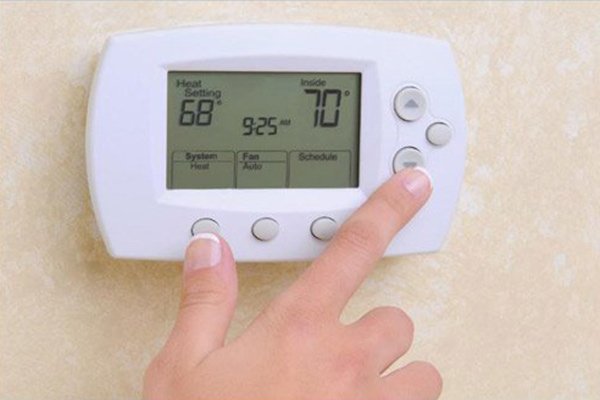
Keep Your Fireplace and HVAC Systems Running Strong All Winter
December 6, 2024
